Date for next bird watch!
Date for your diary – 9 November 2025, for the next Long Rock BirdWatch! Under the expert guidance of Andy Taylor, come and get involved! Meeting at the Swalecliffe Skate Park, 8am. Birdwatches typically last for 1.5 hours.
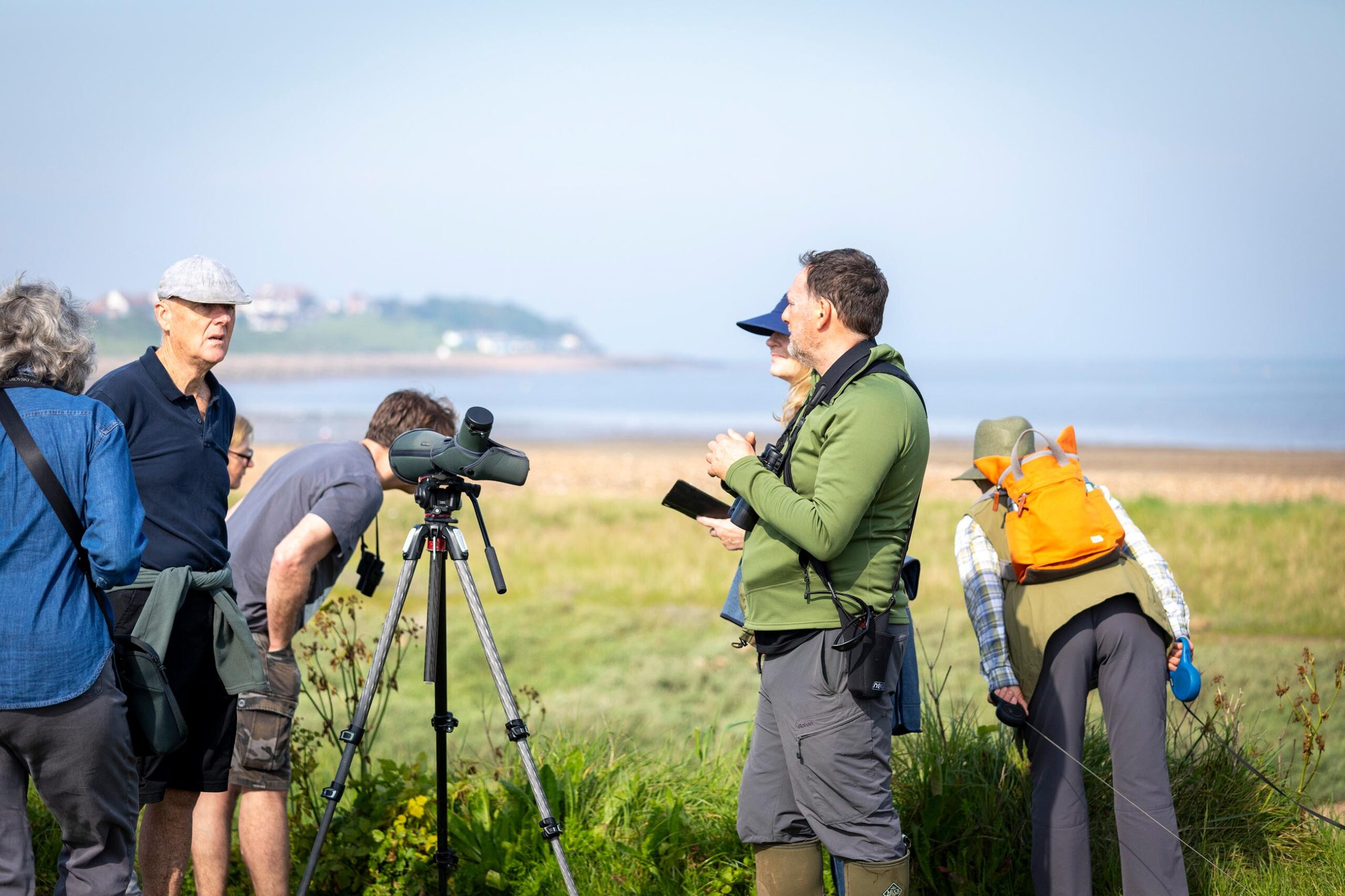
Date for next bird watch!
Date for your diary – 9 November 2025, for the next Long Rock BirdWatch! Under the expert guidance of Andy Taylor, come and get involved! Meeting at the Swalecliffe Skate Park, 8am. Birdwatches typically last for 1.5 hours.
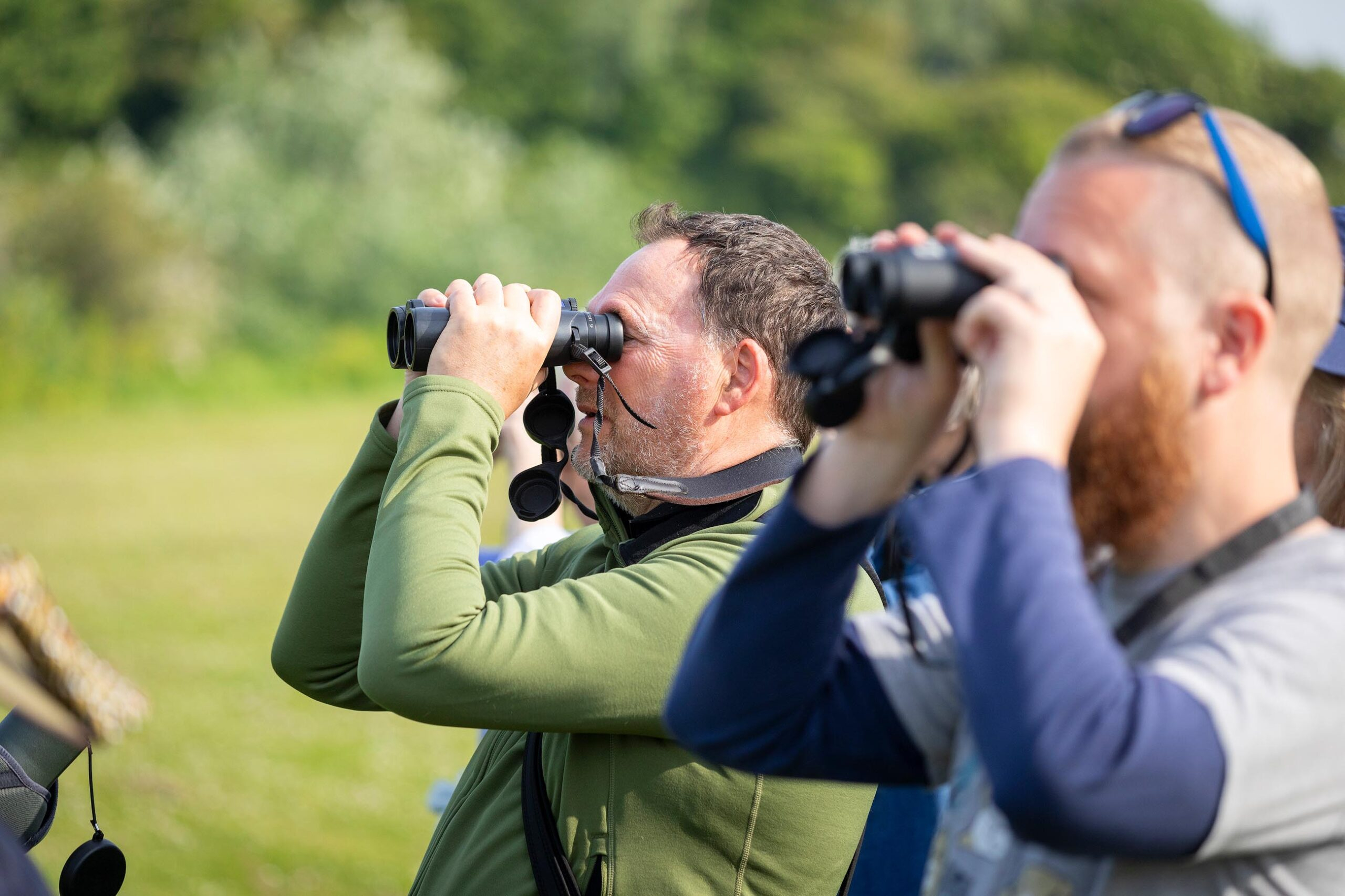
A Feathered Success!
On the crisp morning of 12 October, a group of enthusiastic birdwatchers gathered at 08:00 by the Skate Park at Swalecliffe for a charity birdwatch walk. Over the course of 90 minutes, participants enjoyed spotting a variety of birds while strolling along the scenic coastal path.
The event brought together nature lovers of all ages and raised awareness for local conservation efforts. Thank you to everyone who joined and the next planned Birdwalk is 9 Nov 2025.
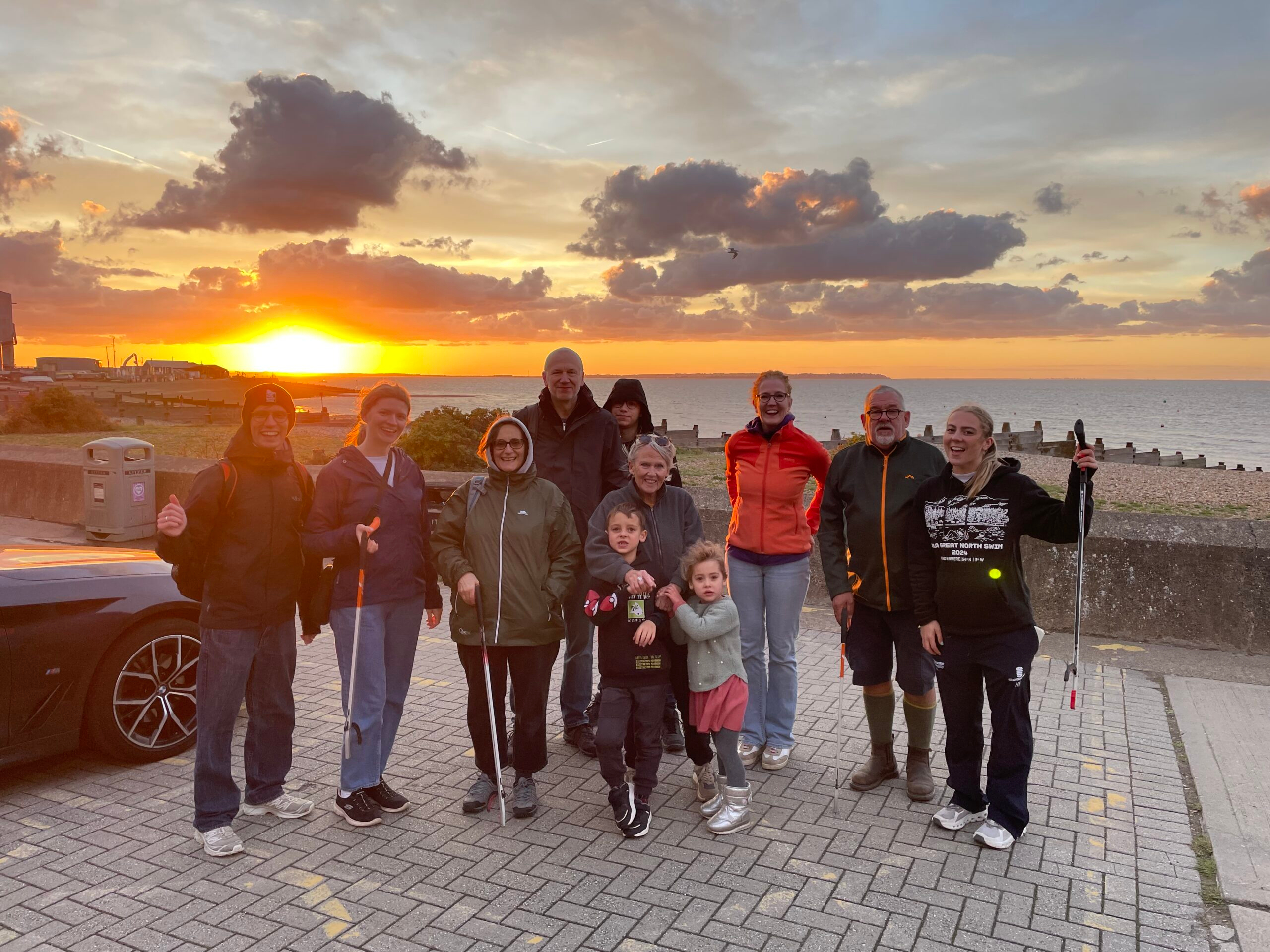
Huge thank you for joining our beach as part of the Great British Clean 2025! It was great to see you all and your efforts were very much appreciated (especially in that rather chilly wind)!
Our results have been submitted to the Marine Conservation Society … we collected 532 pieces of litter off Tankerton beach – a great team effort!
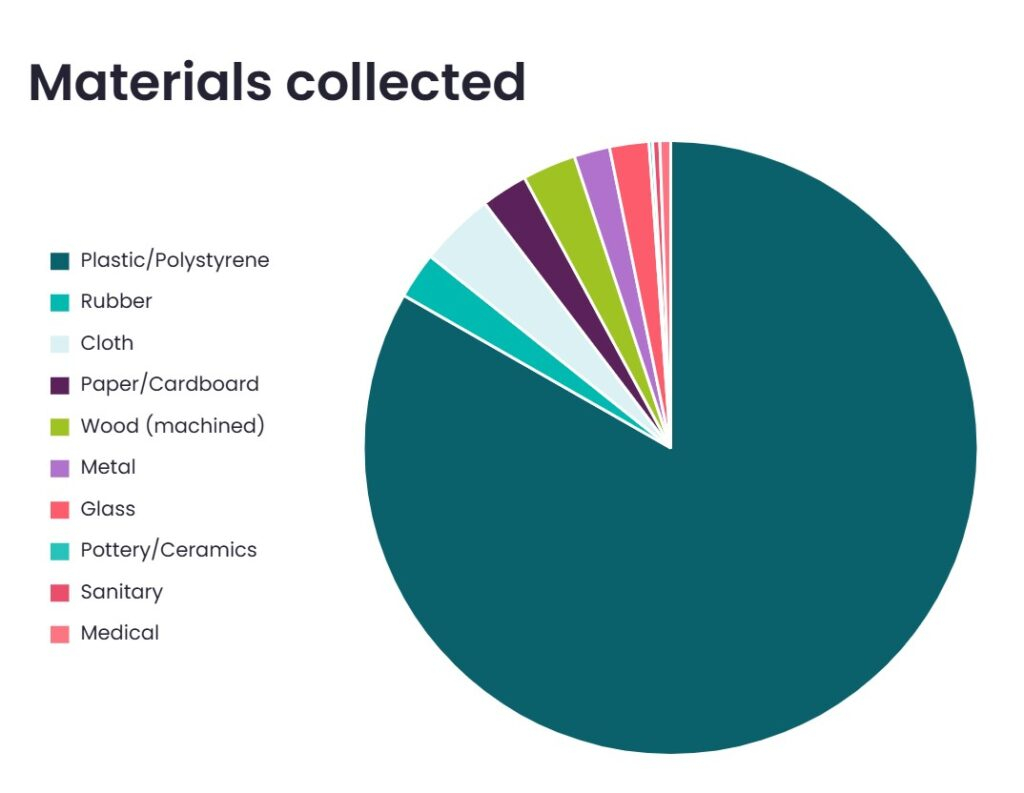
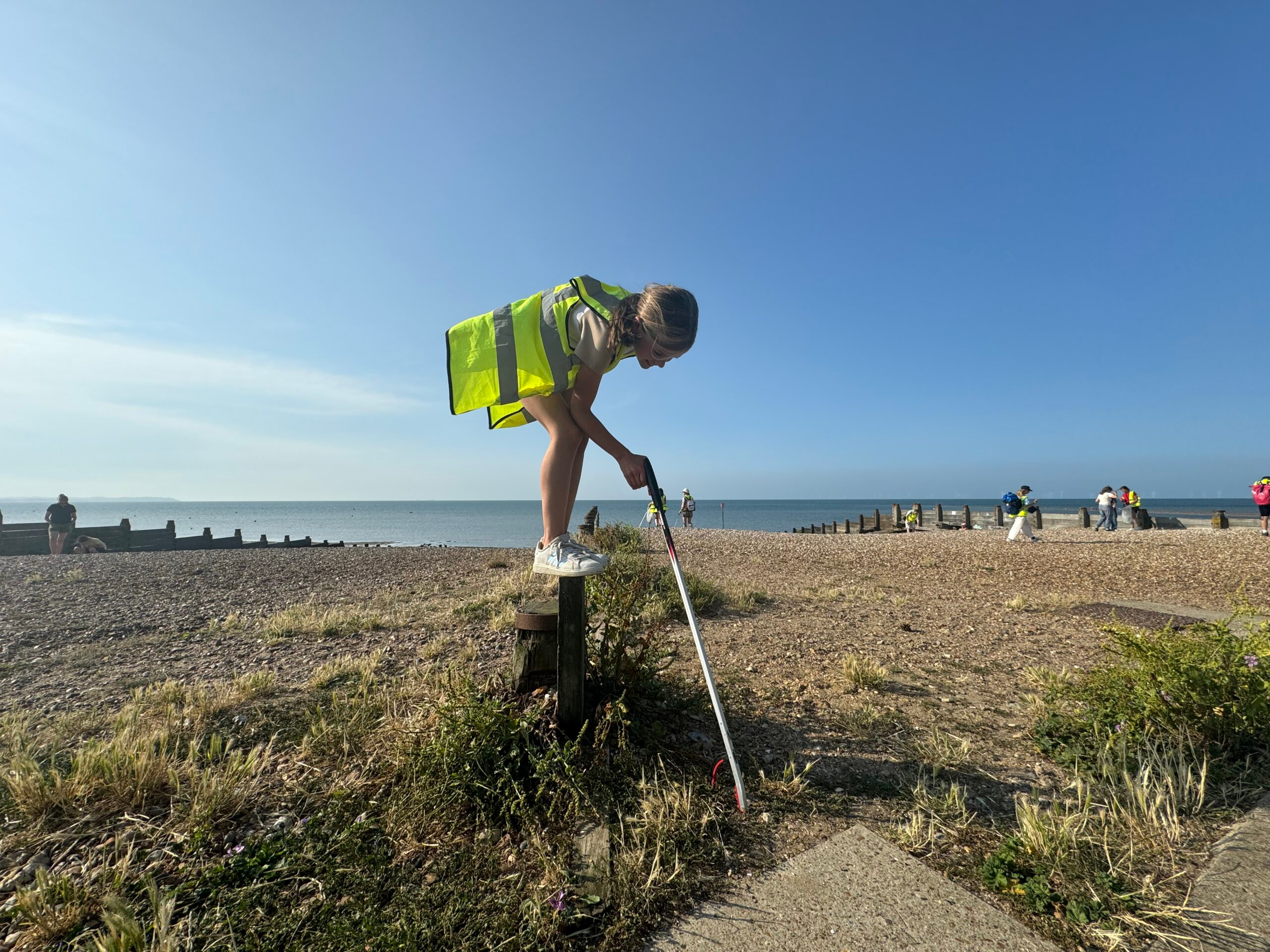
Wednesday 24 Sept, 5pm meeting at the Hotel Continental, Whitstable.
Whitstable Maritime, Adonis Blue Environmental Consultants, and the Marine Conservation Society are teaming up for a shoreline sweep — and you’re invited to be part of it!
Every year, thousands of volunteers across the UK take part in the Great British Beach Clean, a nationwide effort to protect our coastlines and marine life. This isn’t just about picking up litter — it’s about collecting vital data that helps shape environmental policy and protect our oceans for future generations.
Whether you’re a seasoned eco-warrior or just curious to lend a hand, this is a brilliant way to connect with your community, enjoy the fresh sea air, and make a real difference.
What to bring: gloves, sturdy shoes, and a sense of purpose. We’ll provide bags and guidance — you bring the energy!
Let’s show the world what Whitstable can do. Sign-up here: https://whitstablebeachclean.eventbrite.co.uk
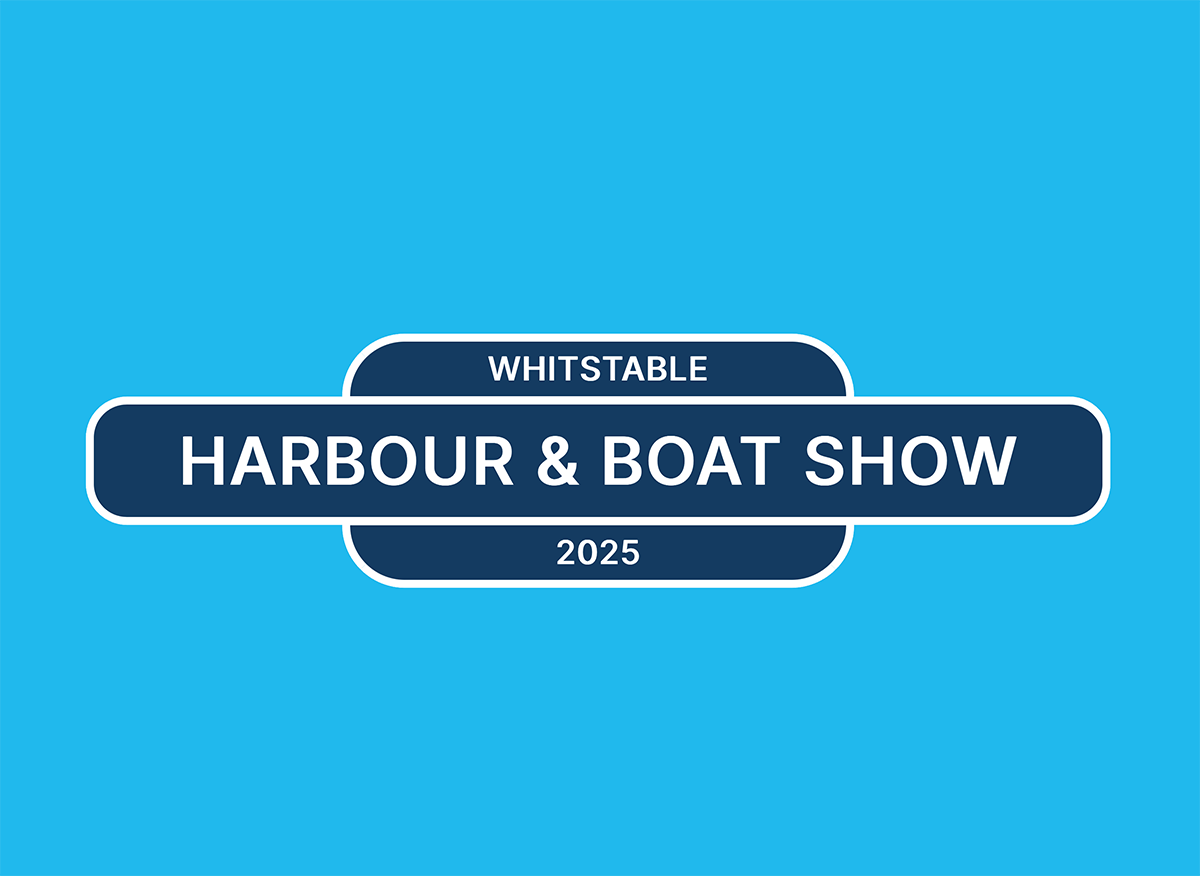
Whitstable Harbour & Boat Show 9th August 2025
A celebration of our connections with the sea – past, present and future.
Promotion of intra-generational cohesion, enterprise, and healthy life-style.
A greater awareness of our maritime heritage and marine environment.
A safe, enjoyable programme for all members of the family.

BIG thanks to everyone who joined us on Tues 24 Sept at Long Beach in support of Great British Beach Clean Week 2024. Your support, along with 1000s of other people across the UK, helps keep our beaches clean and safe. AND … you helped collect important data, which the Marine Conservation Society will use to lobby Governments for legislative change, influence industry practices and drive campaigns. Over 800 pieces of rubbish collected!
70% rubbish collected was plastic based, followed by cloth, glass and metal.
Over 650 pieces of rubbish collected in just 1.5 hours!
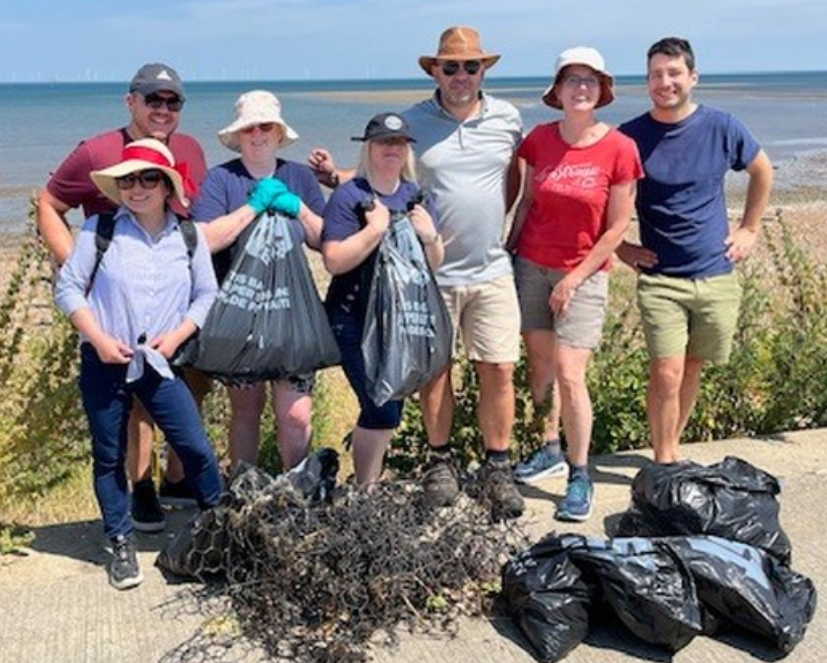
Great Beach Clean by Whitstable Maritime team!
Top find: toy soldier!
Surprise find: lots of wire mesh!

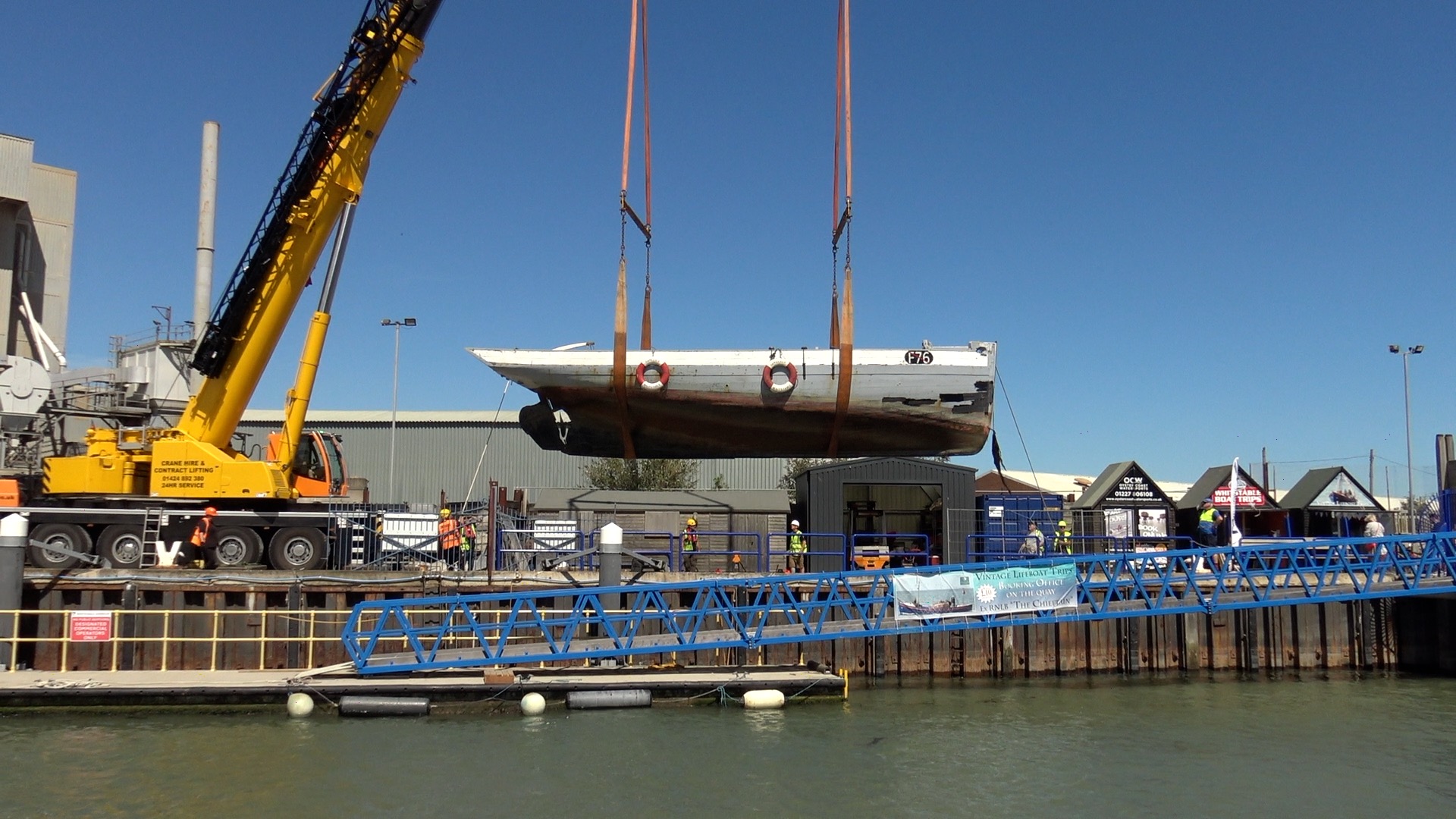
Whitstable Maritime has been awarded a ‘Pride in Place’ Grant in support of the Gamecock’s restoration.
Canterbury City Council (CCC) is the local lead authority for the UK Shared Prosperity Fund which is a central pillar of the UK government’s Levelling Up agenda and provides £2.6 billion of funding for local investment by March 2025. The Fund aims to improve pride in place and increase life changes across the UK investing in communities and places, supporting local business, and people and skills. For more information, visit https://www.gov.uk/government/publications/uk-shared-prosperity-fund-prospectus
Whilst the fundamental restoration work has been completed, funding is now required for the next stage of Gamecock’s restoration journey:
Follow the restoration journey on www.whitstablemaritime.org.uk
For more details, or to Volunteer, contact whitstablem@gmail.com
The cockle boats are easy to spot in the Harbour because they are painted a distinctive blue and carry a large hoover on deck that runs the length of the craft. They are here because the Thames Estuary sustains some of the largest populations of common cockles (Cerastoderma edule) in the UK. Reports that the Thames fishery is one of the oldest and most important in Europe with a total of 2560 tonnes of cockles being landed in Kent in 2022, worth over £1.75 million.
The cockle enjoys clean sand, muddy-sand, mud and muddy-gravel as found in tidal estuaries because they are a shallow burrowing bivalve. They live within the top 5cm of the surface of the mud so they can reach the overlying water for feeding and respiration. Cockles are active suspension feeders using a siphon tube to hold the food suspended in the water column. The shell reaches a maximum length of 5cm. The outer shell is off-white, yellowish, or brown.
Most cockles live for 2-4 years, but some individuals have been found to be over 10 years old. The cockle’s predators are brown shrimp, shore crabs, starfish, snails, worms, flatfish species and a variety of wading birds such as oystercatchers and knots. Cockles mature after 2 years, spawning in the summer when individuals can produce 200,000 to 700,000 eggs per animal. Cockle larvae are planktonic and spend 3-5 weeks floating in the sea before they metamorphosise and settle on the seabed between May and September.
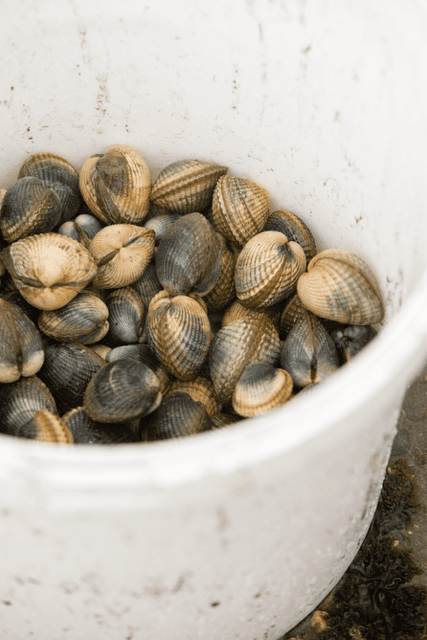
The Thames cockle fishery is the only Marine Stewardship Council (MSC) certified fishery in Kent. The fishery is limited to what they can catch during specific months of the year and can only harvest cockles of a minimum size and quantity. This makes sure the shellfish have time to reach maturity and reproduce which is a key part of fishing sustainably. It also factors in the needs of estuary wildlife such as wading birds that overwinter on the tidal banks and feed on the cockles.
The large pipe on deck is the Hydraulic Suction Dredge used to capture the cockles. This is one of the few methods allowed to harvest cockles and is the most efficient. The Kent boats fish by towing the hydraulic dredge along the seabed at speeds between 2 and 6 knots. The blade on the dredge is set to penetrate a minimum depth of 5cm. and the minimum landing size is 16mm. The fishing season runs from July to October.
This item is based on an article provided by Max Renton, a Consultant with Adonis Blue Environmental Consultants, associated with Kent Wildlife Trust, is an ecological consultancy which returns all profits to conservation work in Kent.